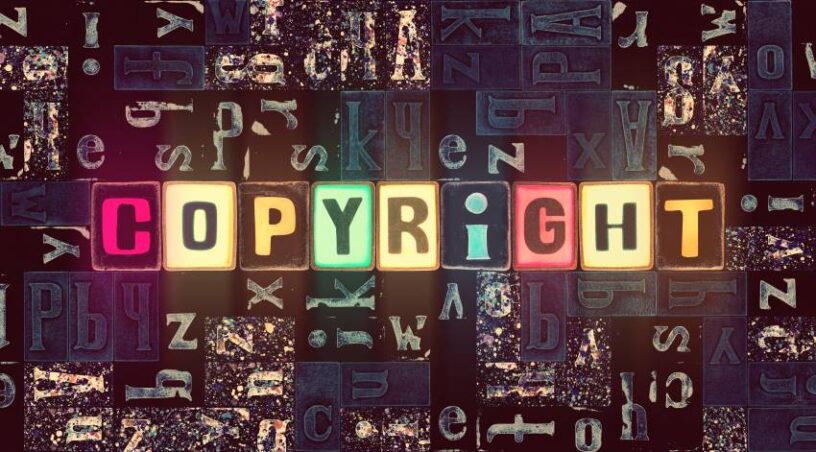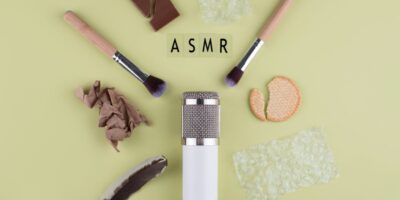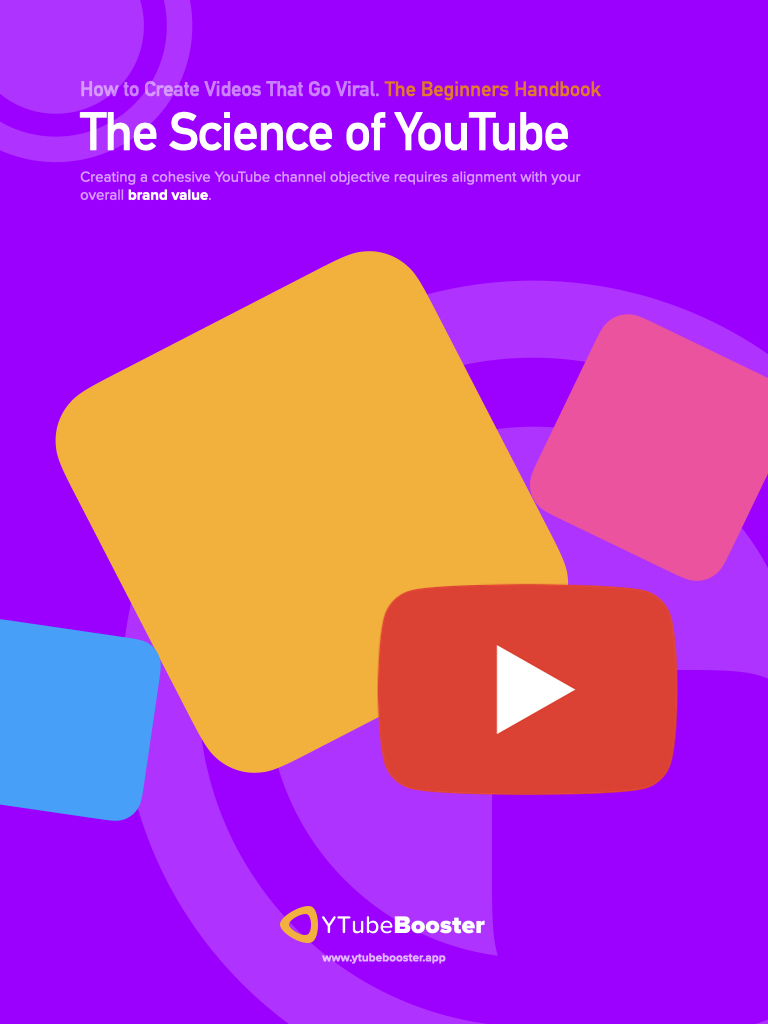YouTube Copyright falls under the purview of intellectual property that stops others from being able to copy or use someone else’s original work without their say-so. It means that if you create something like a song, a painting, or a computer program, you can stop people from using it without your permission. You alone will have the right to make money from it. Copyright laws also ensure that creators get given credit for their work. It also stops people from being able to say they created something when they didn’t. Breaking copyright law can have legal consequences.
Copyright Infringement can qualify for YouTube Copyright violation
Unauthorized use of another person’s copyrighted content on YouTube may constitute copyright infringement. The copyright owner may sue you if you utilize someone else’s work without their consent. Respecting others’ intellectual property rights and getting approval before using any work protected by copyright is crucial. Always get in touch with the copyright owner and request permission if you need clarification on whether you can use a specific work.
Content ID can identify content protected within the YouTube Copyright Act
A digital fingerprinting technique called Content ID can automatically identify copyright-protected content in YouTube videos. Introduced in 2007, it makes it easier for copyright holders to locate and control their platform-based content. When a video gets uploaded to YouTube, the system checks to determine if any copyrighted material registered with Content ID matches the content in the video. The copyright holder can prohibit, trace, or monetize the video if a match gets discovered.
Copyright Strike gets issued when there is a clear YouTube Copyright violation
If a YouTube user receives three Copyright Strikes within 90 days, YouTube will terminate the account.
Copyright Strikes can get issued for various reasons, such as:
- uploading copyrighted content without permission,
- Uploading content that gets modified in a manner which goes against the copyright holder’s rights,
- Using content in an unapproved way is not covered by the fair use doctrine.
Use Creative commons to give credit to original creators
If you want to use Creative Commons-licensed content in your videos, you can do so as long as you give proper attribution to the original creator. You must include the creator’s name, website, and other relevant information in your video credits. Additionally, it would help if you clarified to viewers that the content gets licensed under a Creative Commons license. For example, you could include a statement in your video description saying, “This video contains Creative Commons-licensed content from [creator].”
Get a proper license or authorization before Monetizing copyrighted content
If someone wants to use a creator’s copyrighted material in a way that falls outside of the copyright owner’s exclusive rights, they may need to get a license from the copyright owner. For example, if someone wants to use a copyrighted song in a video they are creating, they may need to acquire a license to use the music. The copyright owner can permit an exchange for compensation.
It is crucial to understand that a creator’s permission is only sometimes needed to use their content. In America, the legal principle of fair use permits using copyrighted material in specific situations without the copyright owner’s go-ahead. It could be for criticism, commentary, news reporting, teaching, scholarship, or research. However, whether a particular use falls under fair use can be complicated and depends on how the content gets used.
Conclusion
YouTube can be an excellent way for businesses, individuals, and bloggers. It can help you share video content online to increase brand awareness and engage your target audience. However, keep in mind that YouTube is not a free platform – your video content may not be entirely your own. You need to be aware of copyright laws surrounding your videos, or you could run into legal trouble.





